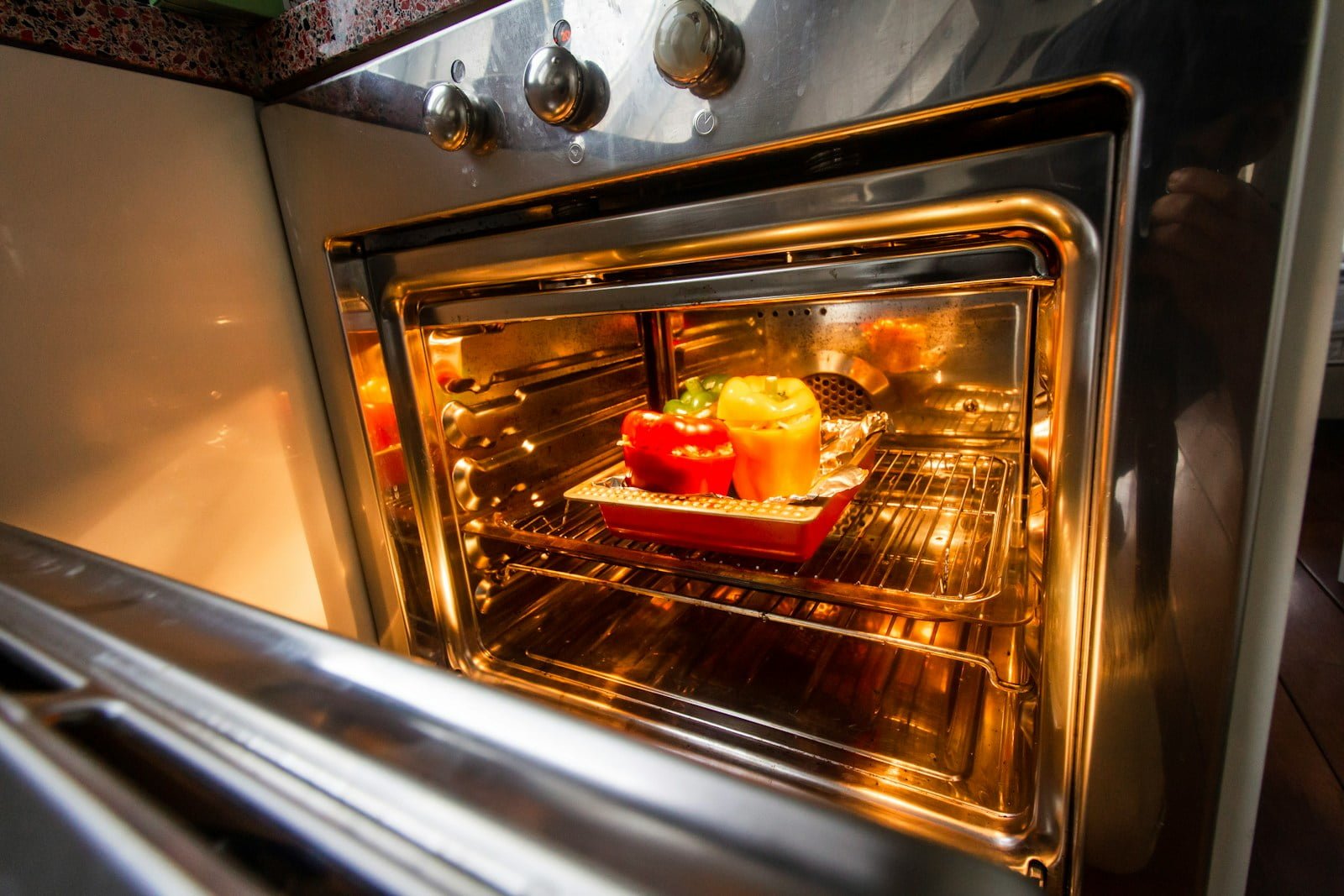Welcome to another detailed exploration at TheKitchenApplianceDad.com, where today we’re diving into a common question that perplexes many home cooks: How hot do microwaves get? This might seem straightforward, but the answer involves a bit more than just a simple number. Let’s unravel the science behind microwave cooking, how it heats food, and what that means for kitchen enthusiasts like us.
Microwave ovens don’t heat like traditional ovens. Instead of radiating heat from a heating element and gradually warming the air inside the oven which then heats the food, microwaves use a different method entirely.
Microwaves cook food using electromagnetic radiation. The microwave appliance generates these waves through a magnetron, which then bounce around the metal interior until they are absorbed by the food. When absorbed, these waves cause water molecules in the food to vibrate rapidly, producing heat through this friction which cooks the food.
This method of heating is much more direct and can be faster than conventional cooking methods, but it doesn’t actually heat the microwave oven itself to a set temperature like a conventional oven does.

Since microwaves heat food internally, rather than by warming the air around it, the concept of a microwave reaching a specific temperature, like 350°F (177°C), as a conventional oven does, doesn’t apply in the same way.
In microwave cooking, power levels are used instead of temperatures. When you adjust the power setting on your microwave, you’re actually adjusting the time that the magnetron spends emitting microwaves. At full power, the magnetron is on continuously. At 50% power, it alternates between being on and off, effectively reducing the average energy applied to the food.
So, rather than thinking about how hot the microwave gets, it’s more accurate to consider how much energy is being used to excite the water molecules within the food.
While the microwave itself doesn’t reach a specific temperature, the foods you cook in it certainly do. The maximum temperature food can reach in a microwave is around 212°F (100°C), the boiling point of water. However, oils and fats can get hotter, potentially reaching temperatures of around 300°F (149°C) or more.
Microwaves are a staple in modern kitchens due to their convenience and efficiency. However, understanding how to use them safely is crucial.
Myth: Microwaves cook from the inside out.
Reality: Microwaves penetrate food to a depth of about 1-2 inches depending on the food’s density and water content. The center cooks by conduction of heat from the outer layers inward.
Myth: Microwaves produce harmful radiation and make food radioactive.
Reality: The microwaves produced by microwave ovens are non-ionizing radiation. They do not have the capacity to make food or anything else radioactive.
By understanding these aspects of microwave cooking, you can use your microwave more effectively and safely. Remember, at TheKitchenApplianceDad.com, it’s all about making the most out of every kitchen appliance you own. Happy cooking, and stay tuned for more insights and tips!

